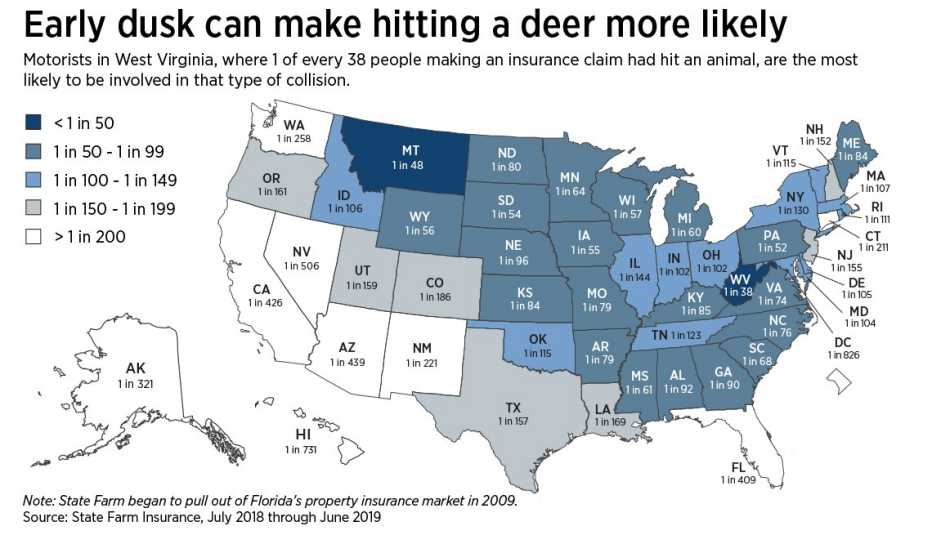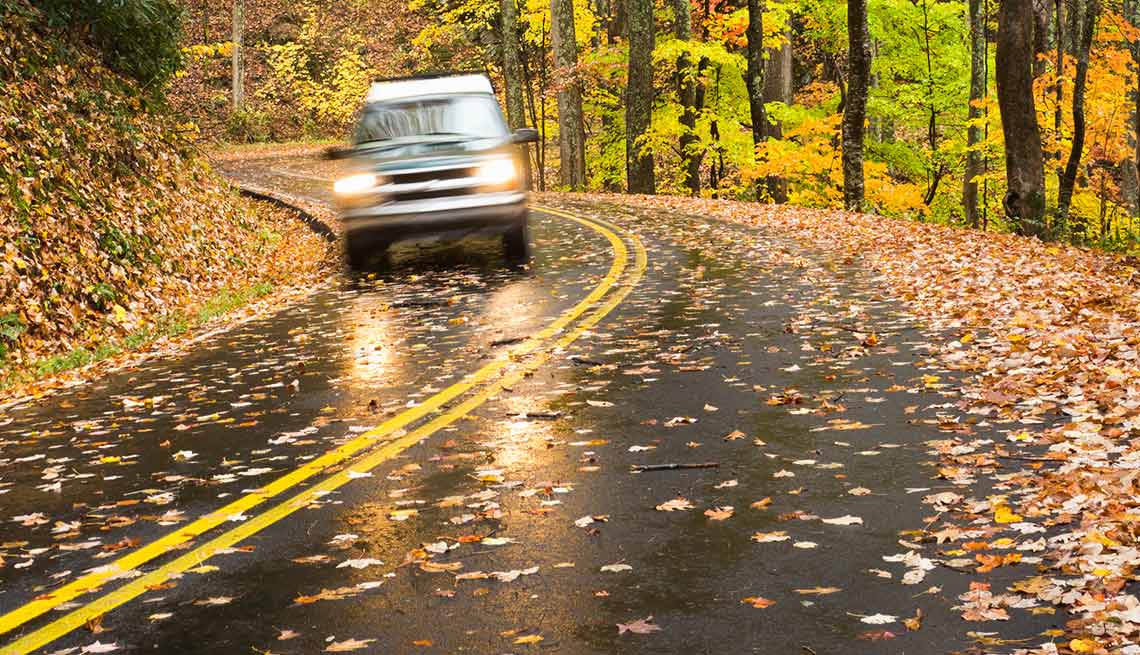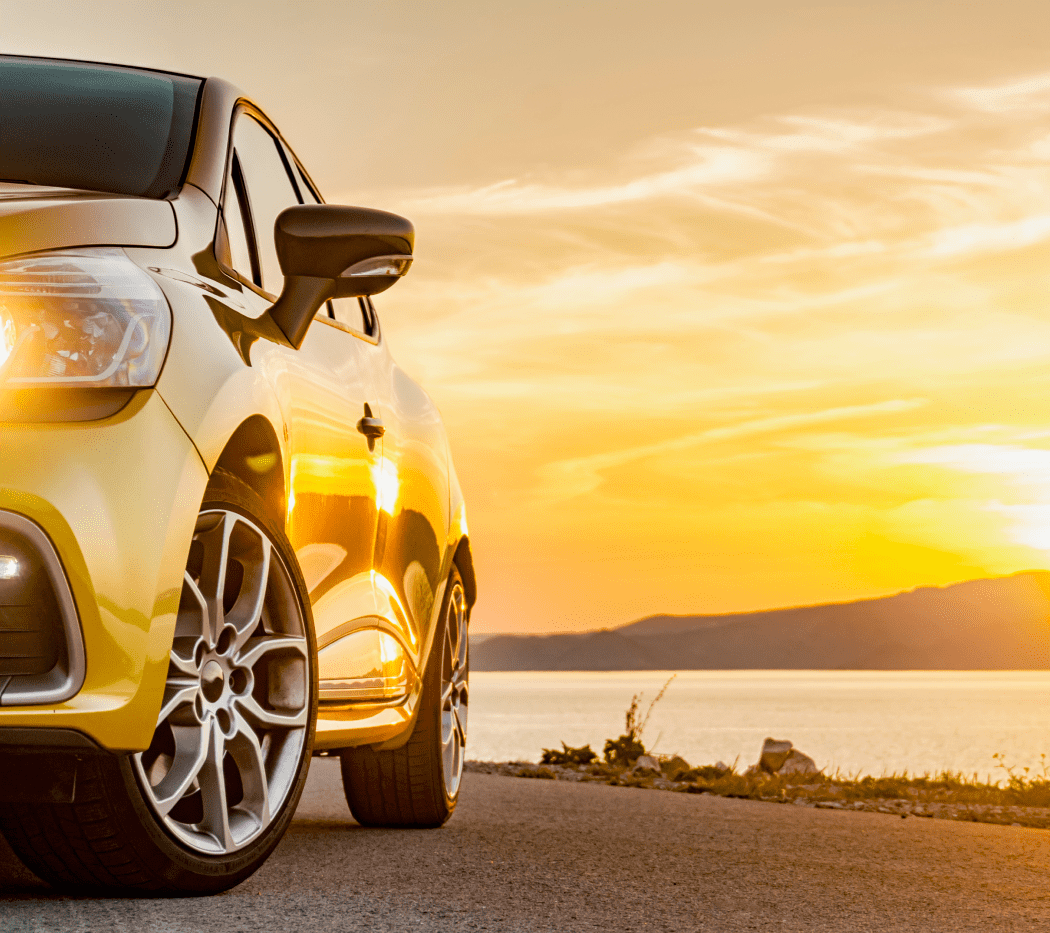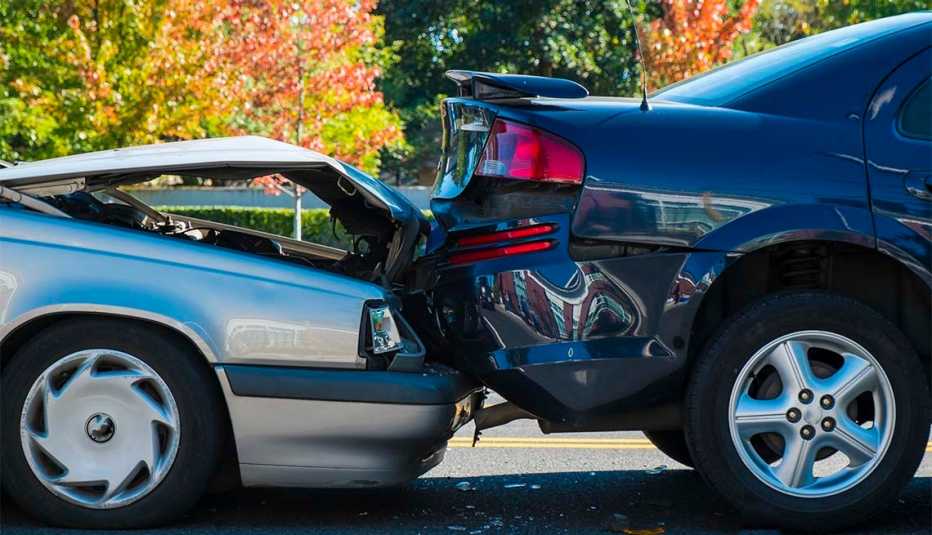Staying Fit
Now that fall has arrived, it's time to shift gears on driving safety.
It's easy to think of autumn as a gentle time, benign for drivers — easy, but very wrong.


AARP Membership— $12 for your first year when you sign up for Automatic Renewal
Get instant access to members-only products and hundreds of discounts, a free second membership, and a subscription to AARP the Magazine.
Fall brings its own set of hazards that can result in damage or injury if you're inattentive when behind the wheel.
Here are nine things that require special attention in this season.
1. Kids
Maybe you're used to all the back-to-school traffic. But maybe the kids aren't, especially new student drivers not yet overcoming their own lack of expertise and that of their peers.
So stay wary in school zones not only for kids walking, but also for young, inexperienced drivers leaving the premises and picking up friends or siblings.
Remember that most states require you to halt in most situations for a school bus with its red flashers on.
That is violated often enough that buses are beginning to use cameras to catch people who drive by when the “Stop” arms are extended and the lights are flashing.
2. Darkness
"When Daylight Saving Time ends, many people will find themselves spending more time driving in the dark,” the National Safety Council warns. “Depth perception, color recognition and peripheral vision can be compromised in the dark, and the glare of headlights from an oncoming vehicle can temporarily blind a driver.”
Though just 25 percent of our driving is at night, 50 percent of traffic deaths occur then, according to the council, a nonprofit founded in 1913 to reduce preventable deaths.
A 50-year-old driver might need twice as much light to see as well as a 30-year-old, the safety council says. And at 60 and older, we generally see road signs less clearly, have more trouble judging speed and distance, and are bothered more when headlights glare, according to the American Optometric Association.
3. Critters


You're 3.5 times as likely to hit an animal, especially a deer, in November as at any other time of the year, the Insurance Institute for Highway Safety says. Deer are likely to be mating in November, and that's why you see more of them.
West Virginia, Montana, Pennsylvania, South Dakota and Iowa had the highest proportion of collision claims with animals between July 1, 2018, and June 30, 2019, according to the institute and State Farm Insurance. An adult deer, the smallest of several breeds of hoofed mammals, can weigh 300 pounds or more, so that's like hitting two adult men.
About 1 of every 100 drivers will hit a deer during the driver's life behind the wheel, animal-rights group PETA says.
4. Leaves
Car emergency kit for fall
Here are items you should have in your car's emergency kit this season:
1. A cellphone, charged and with the appropriate cord
2. A plastic orange safety triangle and flares, which allow you to be seen on the side of the road
3. A flashlight with extra batteries
4. Rain poncho and ice scraper for nasty weather
5. Jumper cables
6. A multipurpose tool or a toolkit
7. A first aid kit
As the foliage falls and winds blow, leaves litter the road.
They can cause motorists to park farther from the curb to accommodate piles, create puddles as they block drainage, hide potholes and pavement markings, prompt bicyclists to stray from their designated lanes and turn into a slick mess when they coat the road during rain. That's because wet leaves create a mat that reduces traction no matter how new your tires are.




































































